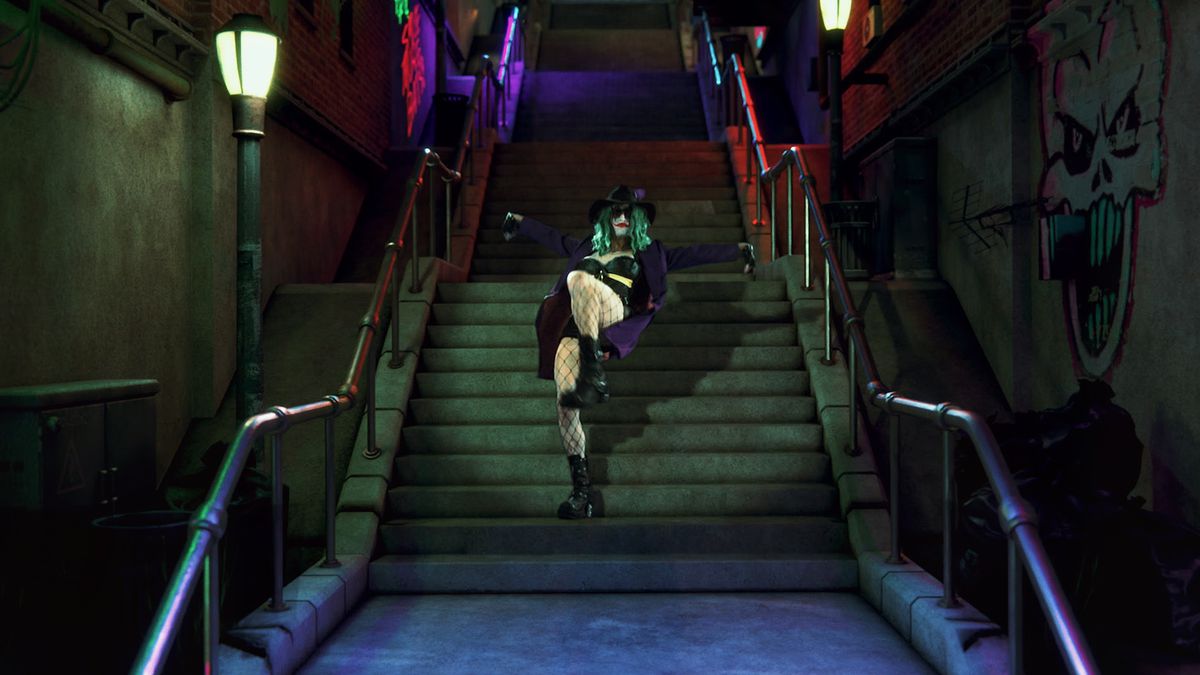At Polygon, a lot of us are fans of sitting down to a movie with as little up-front information as possible, for the feeling of discovery. But sometimes, it helps to know a few things going in, whether it’s an interesting fact about the movie’s history, or just knowing how many end-credit scenes to wait for. Here are four things we think you should know about Martin Scorsese’s Killers of the Flower Moon before watching.
Does Killers of the Flower Moon have a post-credits scene?
No. Like most historical movies (Oppenheimer and Gran Turismo from earlier in 2023 come to mind), Killers of the Flower Moon isn’t the kind of story that would make a post-credits scene come naturally. There isn’t a next story to tease, a gag that needs a tag, or a character to check back in on for a little stinger at the end. Once the credits roll, the story is over — at least, the part of the story Scorsese and co-writer Eric Roth wanted to tell. There’s certainly more to the real-life historical story, if you want to dig into the case that inspired the film.
Is Martin Scorsese in Killers of the Flower Moon?
He is! It’s just a brief cameo, like so many of his appearances as an actor, and his role is framed in an unusual way. This isn’t an Alfred Hitchcock-style director’s cameo, in a blink-and-you’ll-miss-it moment where he’s off in the background, though. You won’t miss him when you get to that part of the movie.
:no_upscale()/cdn.vox-cdn.com/uploads/chorus_asset/file/25017020/Killers_Of_The_Flower_Moon_Photo_0104.jpg)
Is Killers of the Flower Moon true to the historical events?
Scorsese and Roth based the movie closely on David Grann’s New York Times bestselling non-fiction book Killers of the Flower Moon: The Osage Murders and the Birth of the FBI. (The book was first published in 2017, but is now back on bestseller lists due to renewed interest caused by the movie.) Grann’s book was widely praised for its meticulous research into relatively little-known historical events, and the movie largely holds true to that story.
A great deal of the actual character action, particularly about the relationships between conniving community leader William Hale (Robert De Niro’s character) and his nephew and partner in crime Ernest Burkhart (Leonardo DiCaprio), and between Ernest and his Osage wife Mollie (Lily Gladstone) are invented and dramatized in an attempt to understand their behavior, and to explore themes about greed, compliance, culpability, and guilt — in other words, some of Scorsese’s favorite themes. But for the most part, the film sticks by the larger facts of this portion of history, which means you shouldn’t go in expecting a neat Hollywood-history resolution, where all the villains are dramatically punished and virtue is eventually rewarded.
What do I need to know about the true history of the Osage before watching Killers of the Flower Moon?
Scorsese’s movie assumes viewers are familiar with a few legal terms and conditions from the 1920s up front. It’s helpful to have a short primer going in, though, particularly to understand the movie’s early scenes, if you haven’t already read the book. Key to the story: The Osage group seen in the movie were repeatedly forced off their land by white settlers expanding westward in the 1800s. While this group of Osage had been deeded land in Kansas by government decree, they were eventually pushed off that property, and they moved to an undesirable area of Oklahoma, where they legally bought the land — and its mineral and oil rights.
The “headrights” repeatedly referenced throughout the film can be a little confusing, since the term more commonly refers to a deed of land granted to a sponsor who brought an immigrant into areas the government was trying to settle. In this case, though, they amount to a share in the financial trust run by the government to manage the oil profits from the Osage lands.
The film notes in passing that the government considers some Osage “competent,” meaning they can receive and manage their headright money allotment without a sponsor or overseer. Other tribe members, like Mollie, are considered “incompetent,” and need permission from a white bank officer to withdraw or use their money, which is handed out like an allowance. What the movie doesn’t state is that this system was effectively a racist way of controlling natives — as The New York Times notes in covering Grann’s book, “incompetent” often meant “full-blooded Native,” while “competent” status went to mixed-race Osage.
The screenplay doesn’t address this, but Mollie hasn’t done anything in particular to be declared incompetent. It also isn’t just because she’s a woman, or younger than some of the Osage seen to be enjoying their wealth in the early part of the film. She likely has incompetent status because the government is controlling how much wealth full-blooded tribe members can access. And if you find that depressing, you really aren’t ready for the rest of Killers of the Flower Moon.
Killers of the Flower Moon is in theaters now.








